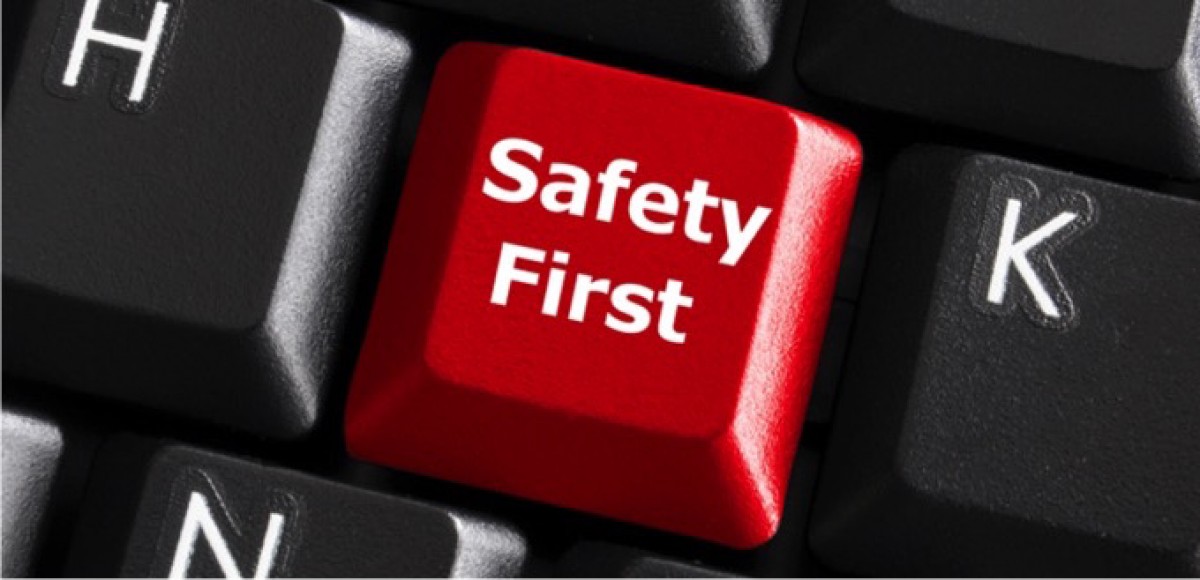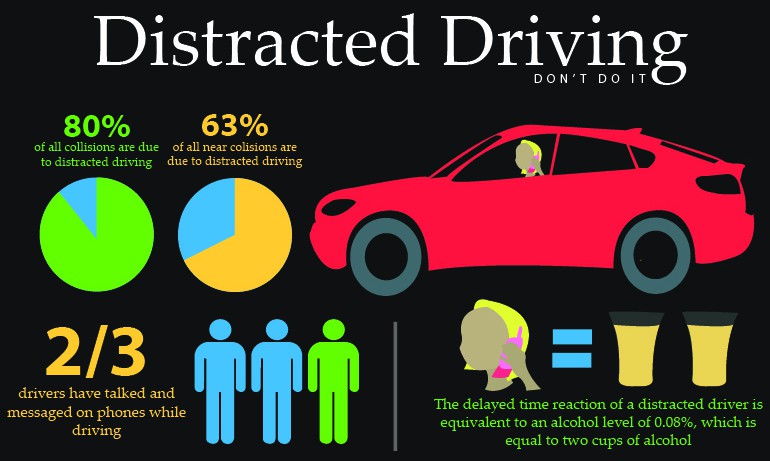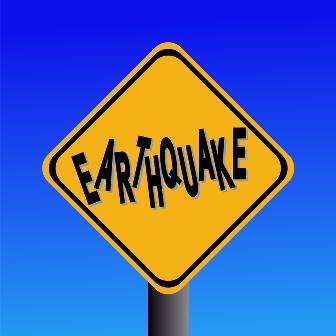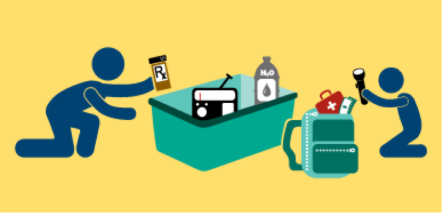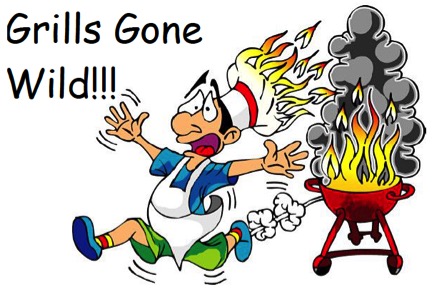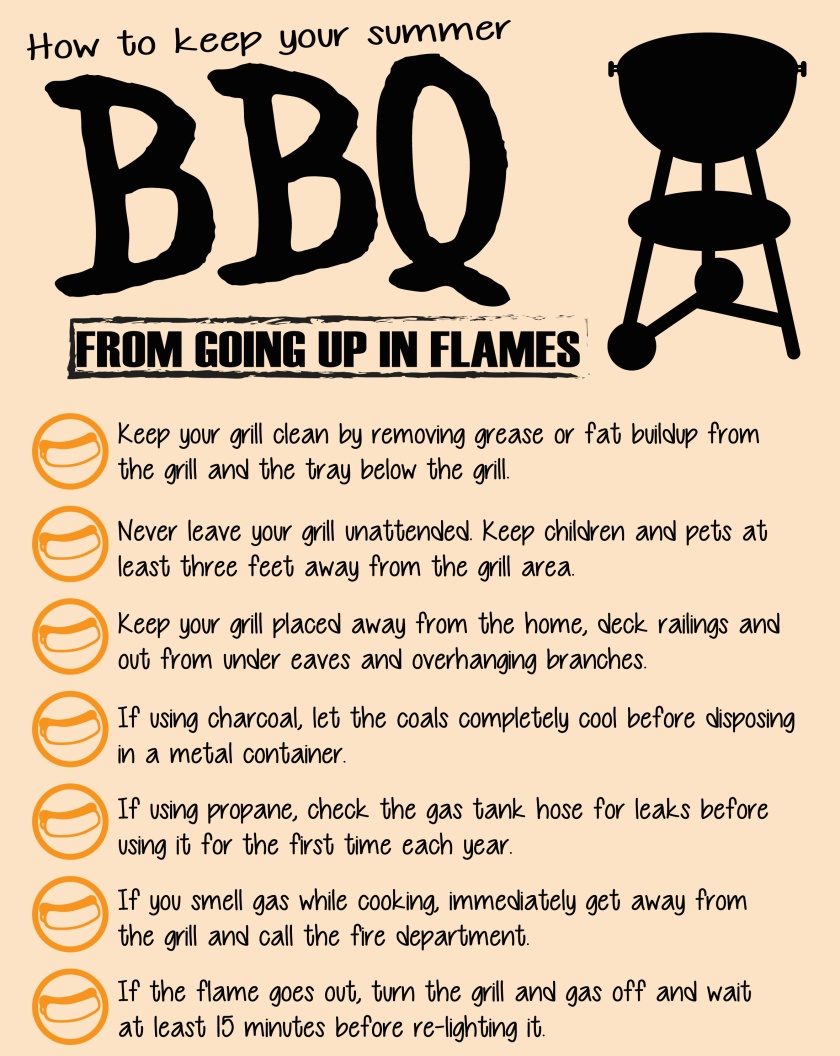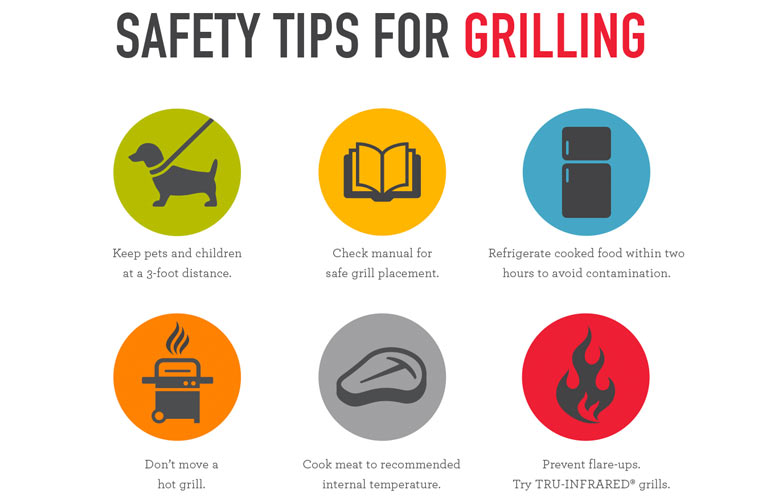
Working nights can be stressful and taxing, both physically and mentally…especially if you’re unprepared. Here are some ways to help keep you working at your best and feeling as rested and energized as possible:
Stay Hydrated
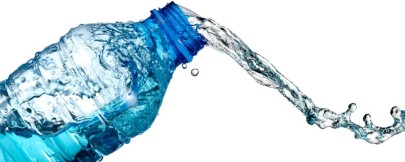
Drinking lots of fluids will help keep you alert. Cold fluids are preferred. Stop drinking 2-3 hours before you expect to go to bed to prevent getting up in the middle of the night and interrupting your sleep to use the restroom.
Caffeine

If you use caffeine, drink it at the start and mid-point of your shift. Try not to drink caffeine within 6 hours of your expected bedtime, as it may keep you awake.
Drink hot coffee in a thermos.
Avoid drinking coffee when you don’t need any, so that caffeine will be more effective when you do need it to be.
What to Eat

Avoid eating large meals before or during your shift. These types of meals may cause you to feel sluggish or sleepy after.
Avoid sugar or other high-carb foods before and during your shifts, this will prevent the “crash” you will feel after the initial burst of energy wears off.
Bring small snacks to your shifts, as opposed to large meals (veggies, pretzels, yogurts, nuts, fruits, peanut butter, cold meats and cheeses are some of the preferred snacks of night shift workers).
Sucking on hard candies, mints or chewing gum may help you stay awake and more alert.
For more info on a healthy diet for working the night shift, click here: http://www.livestrong.com/article/318221-night-shift-diet/
Keep Moving
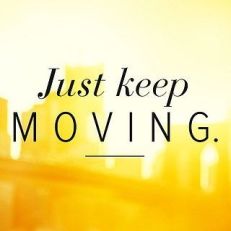
Working out prior to your shift gets your blood flowing, which can help keep you awake and more alert. It will also help you sleep better when you do go to sleep. Do some jumping jacks or run in place for a couple minutes to get your heart rate up and blood pumping. This 2-Minute workout can boost your energy and keep you fit:http://darebee.com/workouts/2minute-workout.html
Avoid Getting “Too” Comfortable

Sitting on a harder surface may help you be less likely to doze off.
Splash cold water on your face.
If possible, opt to stand for part of your shift.
Avoid putting a blanket on your lap.
Stay Well Lit

Keep a light on in your work area or station at all times if possible.
Keep Your Brain Engaged

Run through emergency scenarios in your head.
Listen to music, if possible.
Complete a crossword puzzle or Sudoku on your break to keep the mind stimulated and active.
Know your Danger Zone
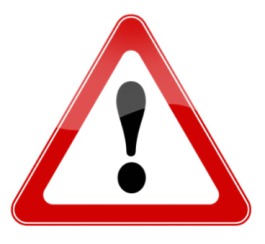
2:00am – 4:00am is the peak time people report feeling most tired. Be aware of this and plan ahead.

